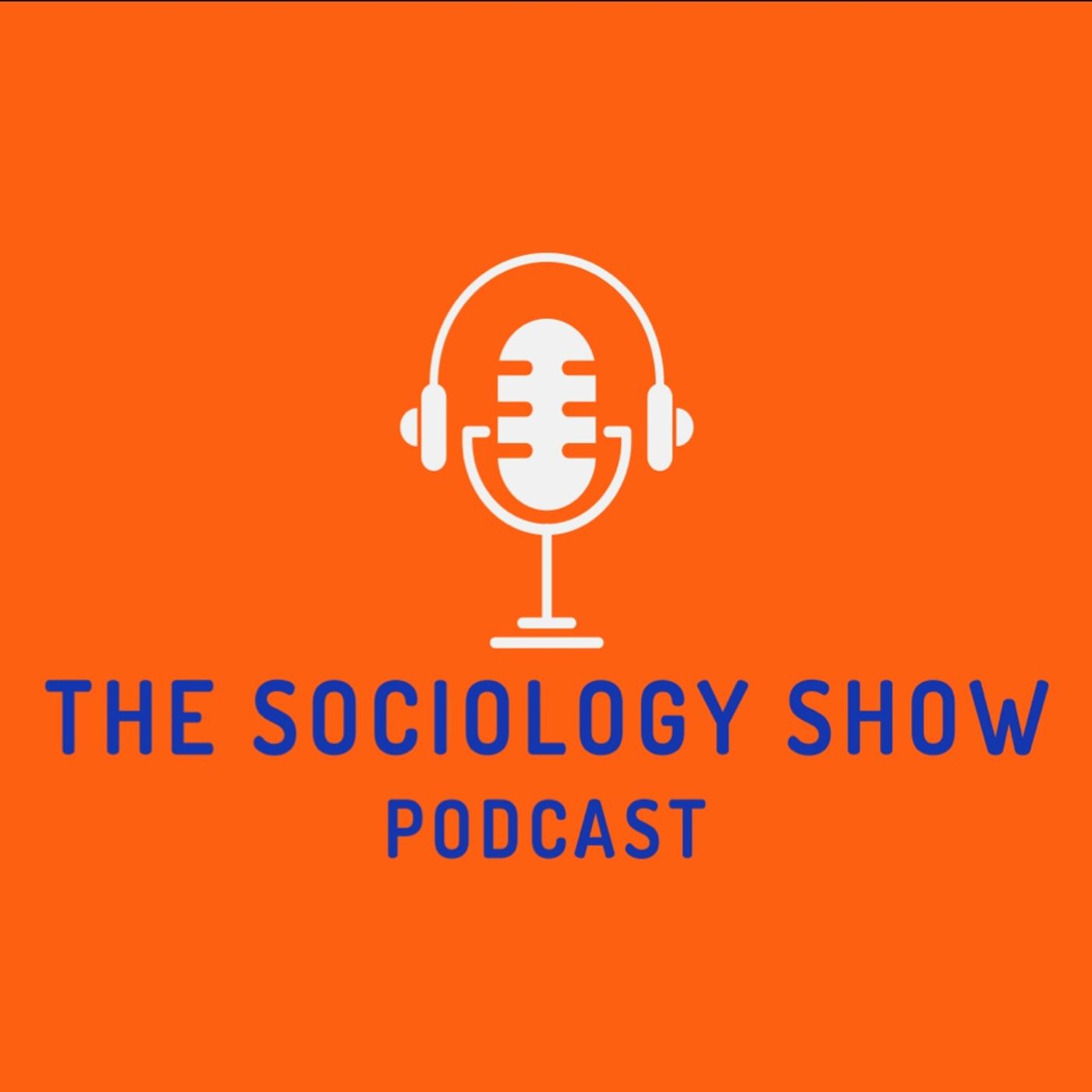 |
PsychChatDr Austin Tay is an organizational psychologist. Author: Dr Austin Tay
Dr Austin Tay is an organizational psychologist. In each podcast episode, he will discuss work-related issues that matter in the workplace. Through the lens of a psychologist, Dr Austin will provide tips and advice to his listeners to help them navigate the complex world of work. Email psychchat@omnipsi.com or send via Twitter @psych_chat to send your comments or suggestions. Dr Austin Tay is the founder of Omnipsi Consulting (www.omnipsi.com). OmniPsi Consulting specialises in executive coaching, leadership assessment and development, career transitioning, training and workplace intervention. Language: en Genres: Business, Science, Social Sciences Contact email: Get it Feed URL: Get it iTunes ID: Get it |
Listen Now...
Episode 056 - Why Your Work Feels Meaningless (And What Actually Makes Organisations Matter)
Episode 56
Wednesday, 3 December, 2025
Episode SummaryEver found yourself staring at your screen on a Wednesday afternoon wondering, "Why does this organisation even exist? What am I actually doing here that matters?" You're not alone. In this episode, Dr Austin Tay dives deep into the crisis of meaning at work, unpacking two groundbreaking research papers that finally explain what's missing when work feels meaningless—and more importantly, what makes organisations genuinely matter.Learn the five-characteristic framework that helps you distinguish between organisations with a genuine purpose and those just performing it. By the end of this episode, you'll know exactly how to audit your workplace, assess your alignment, and decide your next steps.What You'll Learn🎯 The Purpose Crisis: Why trust in businesses is at historic lows and more people than ever are asking if their work actually matters🎯 The VUCA/BANI World: How volatility, uncertainty, complexity, and ambiguity have shattered the old "profit-only" playbook🎯 The Golden Thread: The three elements that help people genuinely thrive at work (spoiler: it's not just about the salary)🎯 Five Characteristics Framework: The diagnostic tool for determining if your organisation's purpose is genuine or just window dressingReason to existGuiding forceCollective endeavourInspirationPursuit of a better world🎯 Purpose-Person Misalignment: Why even good organisations can make you miserable if your purposes don't align🎯 The Purpose Paradox: Why meaningful work can lead to burnout—and how to avoid that trapKey Takeaways✅ Your frustration with meaningless work isn't a personal failing—it's actually a sign of something healthy✅ Real purpose isn't decoration on the wall—it should guide actual decisions, especially when purpose conflicts with profit✅ Genuine purpose is co-created, not handed down from leadership retreats✅ You can have an organisation with a real purpose that still isn't YOUR purpose—and that's okay✅ Even when you find perfect alignment, watch for the purpose paradox: sustainable impact matters more than burning yourself outWho This Episode Is ForAnyone feeling disconnected from their workLeaders trying to build genuinely purpose-driven organisationsPeople considering career transitionsHR professionals working on culture and engagementConsultants and coaches supporting organisational developmentFeatured ResearchFloris, M., Casulli, L., & Ferrari, L. (2023). Editorial: Searching for meaning in work and life: Happiness, wellbeing and the future of organizations. Frontiers in Psychology, 14, 1287404.van Ingen, R., Peters, P., De Ruiter, M., & Robben, H. (2021). Exploring the meaning of organizational purpose at a new dawn: The development of a conceptual model through expert interviews. Frontiers in Psychology, 12, 675543.Quotable Moments💬 "The question isn't whether purpose matters—research makes it clear that it does. The real question is whether your organisation's purpose is genuine and if it aligns with yours."💬 "Real purpose isn't decoration hanging on the wall. It shapes resource allocation, strategic priorities, hiring decisions, and how conflicts get resolved."💬 "When there's a direct conflict between purpose and profit, what wins? If profit always wins, your purpose statement is just window dressing."💬 "Real purpose should make you want to get up in the morning. It gives you energy rather than draining it."Questions for ReflectionAfter listening to this episode, ask yourself:If my organisation disappeared tomorrow, what would the world actually lose?When purpose conflicts with profit in my organisation, which one actually wins?Was I part of creating our organisation's purpose, or was it handed down to me?Does my organisation's purpose genuinely inspire me, or does it feel like corporate speak?Am I experiencing purpose-person misalignment? If so, what are my options?Take ActionReady to apply what you learned? Here's your next step:Audit Your Organisation: Go through the five characteristics honestly—not what your website says, but what actually happens in practice. Be brutally honest with yourself about the gap between aspirations and reality.Assess Your Alignment: Even if your organisation has a genuine purpose, does it resonate with what matters to YOU? Do you sense that connection in your daily work?Make a Conscious Choice: If there's misalignment, decide: Can you advocate for change? Do you have the energy for that battle? Or is it time to look elsewhere?Connect with PsychChatEnjoyed this episode? Here's how to stay connected:📧 Email: psychchat@omnipsi.com 🐦 Twitter/X: @psych_chat 🎙️ Listen: Available on Spotify, Apple Podcasts, and all major podcast platforms⭐ Leave a Review: Your reviews help others discover the show and help us understand what content matters most to you🔔 Subscribe: Don't miss future episodes—hit that subscribe button nowHashtags#PsychChat #OrganisationalPurpose #WorkplaceMeaning #LeadershipDevelopment #OrganisationalPsychology #PurposeDriven #WorkplaceCulture #EmployeeEngagement #MeaningfulWork #OrganisationalDevelopment #WorkplaceWellbeing #LeadershipResearch #HRLeadership #FutureOfWork #WorkplacePsychologyAbout the Host: Dr Austin Tay is a Chartered Industrial Organisational Psychologist who serves as Founder and Principal Consultant of OmniPsi Consulting. He specialises in executive coaching, leadership assessment, and evidence-based organisational psychology interventions.Remember: Your work matters. The question is whether your organisation is helping you see that.












